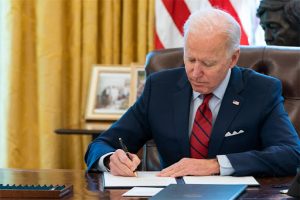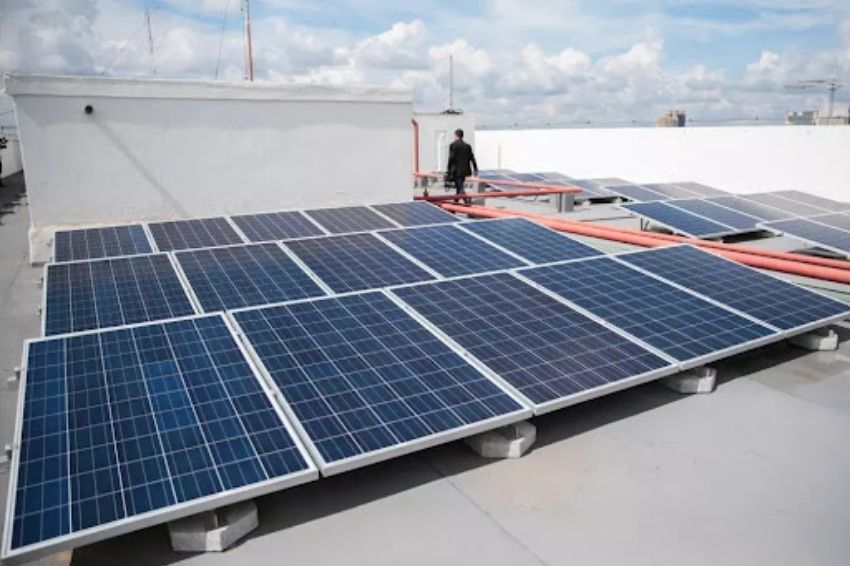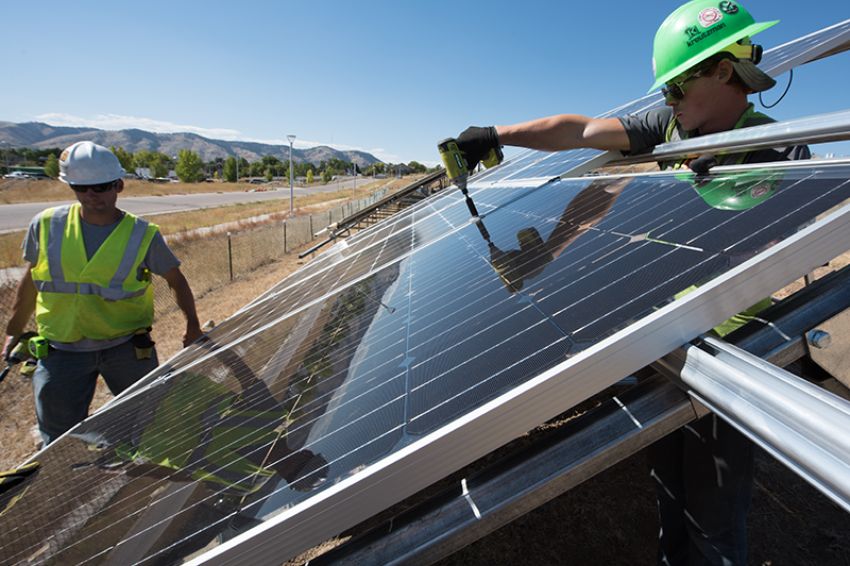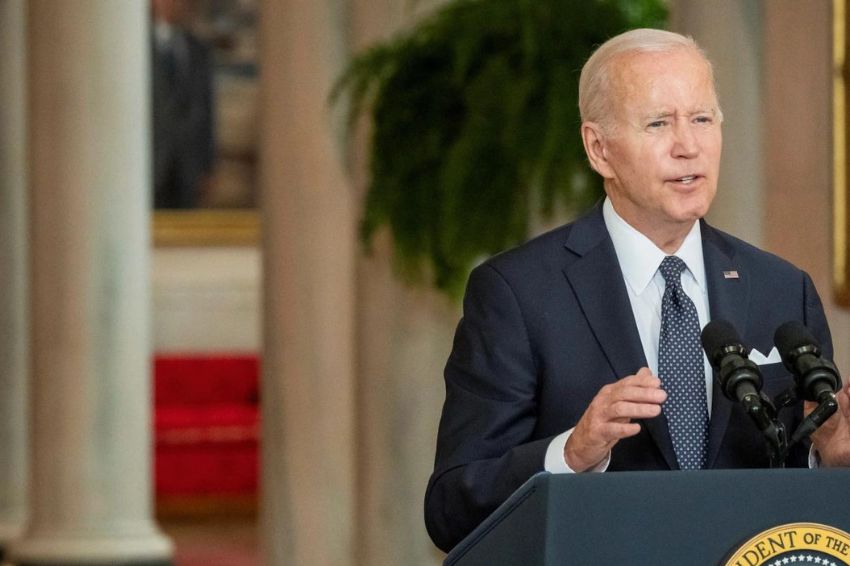Since assuming the United States presidency in January 2021, President Joe Biden has taken important steps to strengthen clean energy generation in the United States.
In the Democrat's most recent victory, an infrastructure project was approved in November, valued at more than US$ 1.2 trillion. Through the project, bridges, roads, new public transport options will be built, improvements will be made to the broadband internet network, among other initiatives.
In this project, the president highlighted that large investments will be made in solar panels, turbines for generating wind energy, batteries for storing energy to supply electric vehicles, among other initiatives.
The project, called Build Back Better Act, will extend the tax credit by 10 years – until 2032 – for those who install residential solar panels. This means that if the taxpayer spent US$ 10,000 to install panels to capture solar energy in his residence, he can deduct up to US$ 2,600 from the amount due in income tax.
According to information from the Department of Energy (DOE), the tax credit is valid for the purchase of solar panels, installation, licenses, among others, as long as they are residential and working. There is no maximum value to be declared. The rules are different for industries and commercial buildings.
“The approval of this vigorous infrastructure project is extremely important, as it includes transformative initiatives for the generation of clean energy. The decarbonization process will generate 1 million new jobs in the solar energy sector alone by 2035. This initiative is historic and transformative”, said the president of the Solar Energy Industries Association (SEIA), Abigail Ross Hopper.
Solar energy generation will rise from 4% to 45% of the energy matrix by 2050
In September, the president announced that he intends to increase the country's solar energy generation from the current 4% to 40% by 2035 and to 45% of the energy matrix by 2050.
To achieve the audacious goal, the DOE announced a study called Solar Futures Study (Study on the future of solar energy, in Portuguese), detailing the role of solar energy in the 'decarbonization' of energy generation in the USA.
The study shows how the implementation of policies for solar energy generation will be necessary in the coming years for the goal to be achieved.
The survey is the result of efforts made by President Joe Biden's administration to contribute to reducing gas emissions and investing in clean energy in the coming years.
The solar energy industry accounted for 56% of new energy harvesting installations in the first half of 2021, according to SEIA. More than 3 million pieces of equipment were installed during this period.
The study shows that, to achieve the goal set out in the president's plan, it will be necessary to quadruple the installation of these panels each year, in addition to making massive investments in clean energy generation policies.
Community solar power generation

The United States Department of Energy announced on October 8 a project that aims to generate solar energy for five million homes by 2025. To achieve this goal, it will be necessary to increase the installed solar energy capacity by 700% in the next four years.
The project called National Community Solar Partnership will install solar panels in poor communities, which will be able to use community-generated solar energy. Registered residents will receive part of this energy at home, which will reduce their monthly bill.
The aim of the project is to save up to US$ 1 billion in electricity costs and is part of the Biden government's goal of increasing the share of solar energy from 4% to 45% of the array by 2050.
To reach these communities, the government is offering free technical assistance to regions interested in participating in the project. DOE technicians go to the site, carry out a personalized study and help speed up the installation of these panels. The government has already invested US$ 1 million for technical assistance and, for next year, the expectation is to invest US$ 2 million in the measure.
US$ 40 million in awards to 40 solar energy generation projects
The government allocated US$ 40 million to 40 projects in the United States to generate solar energy with the aim of achieving the president's goal. The projects will reduce the costs of technologies for generating this type of energy, including increasing the useful life of photovoltaic panels from 30 to 50 years.
Other projects foresee the development of technologies that will enable the use of solar energy in the chemical industry and advances in the area of technology to store this energy.
Solar Projects in Michigan
Consumers Energy, an energy company in the US state of Michigan, announced that it will add more than 400 MW of solar generation in three projects in the central region of the state.
The project's objective is to drastically reduce the use of coal and other fossil fuels by 2025 and achieve the goal of zero carbon emissions by 2040. The new solar projects will generate enough solar energy to power around 190,000 homes.















